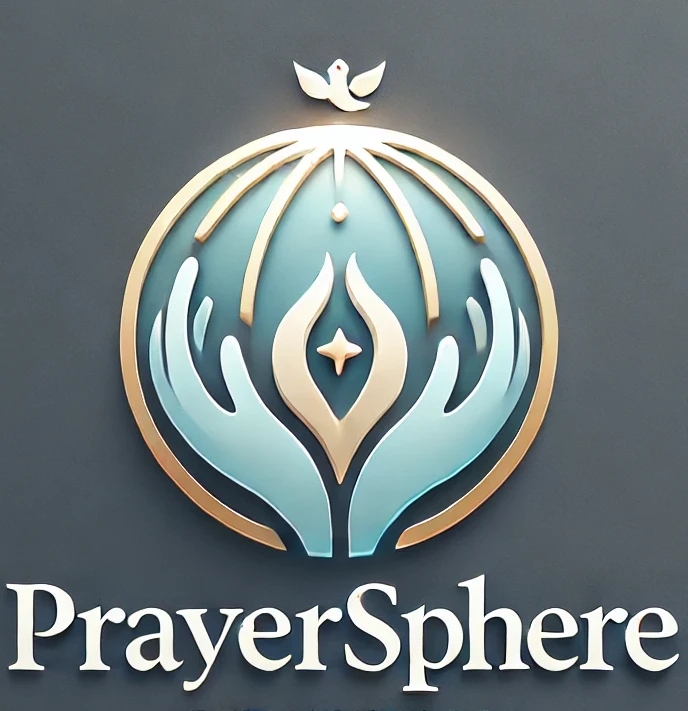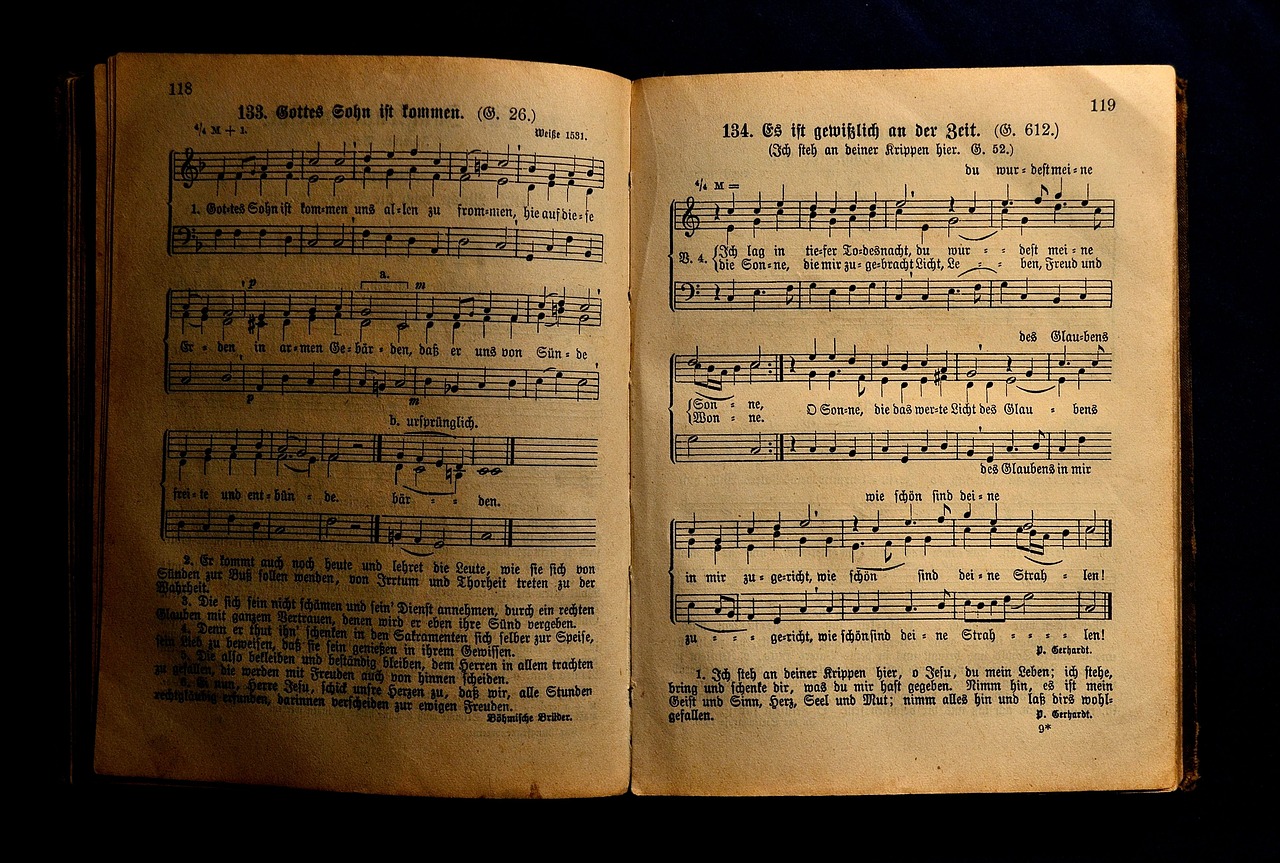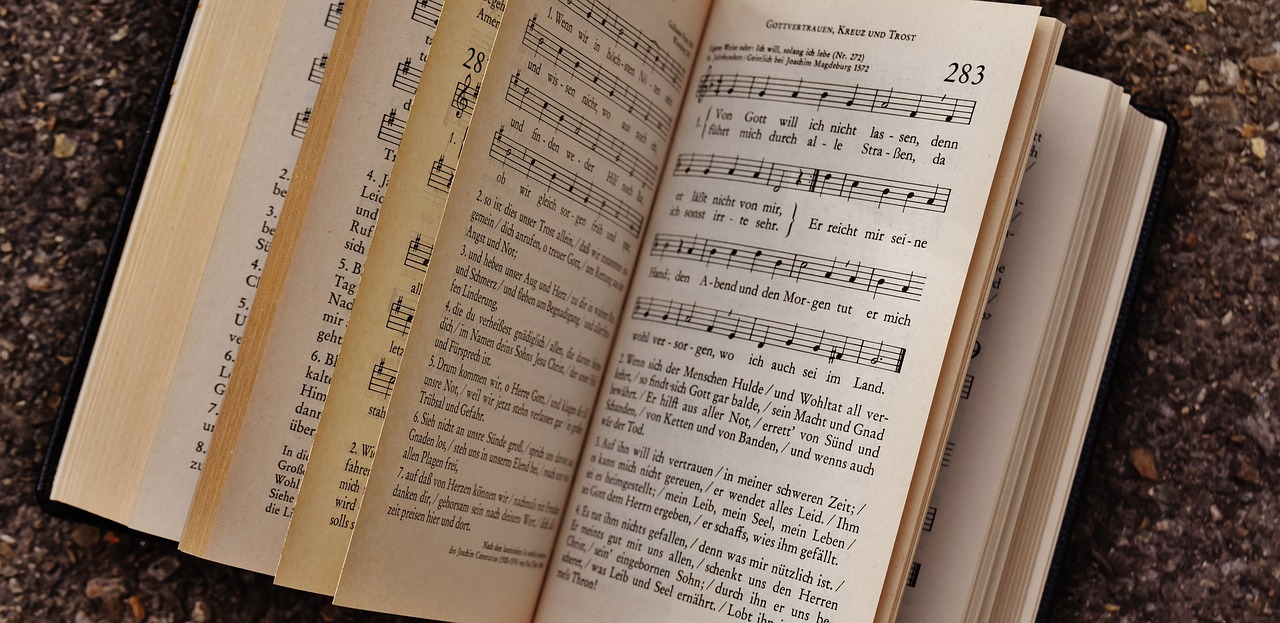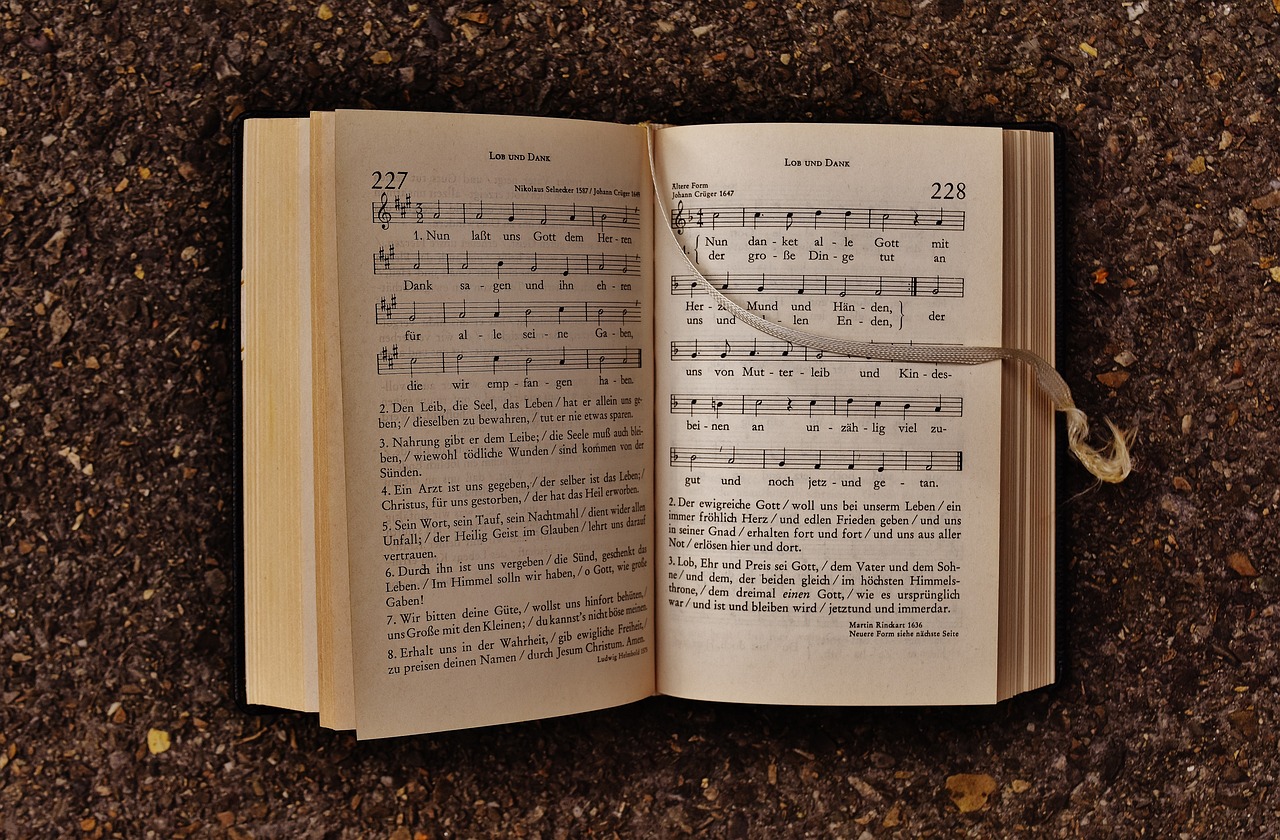Title: Rock of Ages, Cleft for Me
Words by Augustus M. Toplady (1776)
Music by Thomas Hastings (1830)
Verse 1
Rock of Ages, cleft for me,
Let me hide myself in Thee;
Let the water and the blood,
From Thy wounded side which flowed,
Be of sin the double cure,
Save from wrath and make me pure.
Verse 2
Not the labor of my hands
Can fulfill Thy law’s demands;
Could my zeal no respite know,
Could my tears forever flow,
All for sin could not atone;
Thou must save, and Thou alone.
Verse 3
Nothing in my hand I bring,
Simply to Thy cross I cling;
Naked, come to Thee for dress;
Helpless, look to Thee for grace;
Foul, I to the fountain fly;
Wash me, Savior, or I die.
Verse 4
While I draw this fleeting breath,
When my eyes shall close in death,
When I soar to worlds unknown,
See Thee on Thy judgment throne,
Rock of Ages, cleft for me,
Let me hide myself in Thee.
Rock of Ages, Cleft for Me – A Hymn of Grace and Refuge
Background and Composition
“Rock of Ages, Cleft for Me” is one of the most cherished hymns in Christian tradition. Written by Augustus Montague Toplady in 1776, it is a powerful declaration of reliance on God’s grace and a plea for refuge in Christ’s redemptive work. The hymn reflects deep theological truths, emphasizing humanity’s inability to achieve salvation through works and the sufficiency of Christ’s sacrifice.
The hymn’s title and central metaphor, “Rock of Ages,” is inspired by Exodus 33:22, where God hides Moses in a cleft of the rock as His glory passes by. This image of the rock as a place of safety and protection is central to the hymn’s theme.
The hymn was paired with music by Thomas Hastings in 1830, using the tune Toplady, which has since become synonymous with the hymn’s lyrics.
About the Author: Augustus M. Toplady
Augustus Montague Toplady (1740–1778) was an Anglican minister and theologian known for his strong Calvinist beliefs and writings. He was a gifted preacher and hymn writer, though his life was marked by theological debates with John Wesley, who espoused Arminianism.
Toplady wrote “Rock of Ages” in 1776, two years before his death at the age of 37. Despite his relatively short life, this hymn has endured as his most significant contribution to Christian worship. It is said that Toplady penned the hymn after being caught in a storm and taking shelter in a rock cleft near Burrington Combe, a gorge in England.
Structure and Poetry
The hymn’s poetic structure reinforces its themes of dependence and grace. Each verse builds upon the imagery of Christ as the Rock, addressing key aspects of the Christian journey:
- Refuge in Christ during life’s storms (Verse 1)
- Recognition of human insufficiency (Verse 2)
- Clinging to Christ for salvation (Verse 3)
- Hope in eternal security (Verse 4)
The use of vivid imagery, such as “foul, I to the fountain fly,” paints a powerful picture of spiritual cleansing through Christ’s blood.
Historical and Cultural Impact
Popularity in Worship
“Rock of Ages” became widely popular soon after its publication and has remained a staple in Christian hymnals. Its universal appeal lies in its simplicity, theological depth, and the comfort it provides to believers.Translations and Adaptations
The hymn has been translated into numerous languages and adapted into various musical arrangements. It is sung in traditional liturgical settings, evangelical churches, and even at state funerals and public gatherings.Cultural References
“Rock of Ages” has been referenced in literature, films, and television, symbolizing unwavering faith and divine refuge. It has been associated with moments of personal and national tragedy, often sung to provide comfort and hope.
Personal Application
The enduring message of “Rock of Ages” is its reminder that salvation and security are found in Christ alone. The hymn invites believers to trust in God’s grace, find refuge in His sacrifice, and rest in the assurance of eternal life. It is a call to humility, gratitude, and unwavering faith in the face of life’s trials.
Whether sung in moments of joy or sorrow, “Rock of Ages” continues to resonate as a profound expression of the gospel’s timeless truths.
The Meaning of “Rock of Ages, Cleft for Me”
The hymn “Rock of Ages, Cleft for Me” is a powerful declaration of faith, emphasizing humanity’s need for God’s grace and the sufficiency of Christ’s atonement for salvation. Written by Augustus M. Toplady in 1776, the hymn uses the metaphor of a “rock” as a place of safety, symbolizing Jesus Christ as the unshakable foundation and refuge for believers. Below is an in-depth exploration of its meaning:
1. The Rock as a Symbol of Refuge
The phrase “Rock of Ages” comes from the Bible, where God is frequently referred to as a rock—a symbol of strength, stability, and protection (e.g., Psalm 18:2: “The Lord is my rock, my fortress, and my deliverer”). The “cleft” in the rock refers to the image in Exodus 33:22, where God places Moses in the cleft of a rock to shield him from His overwhelming glory.
In the hymn, the cleft represents Christ’s sacrifice, where His pierced side and shed blood provide a safe haven for sinners. It conveys the idea that only through Jesus’ atonement can believers find refuge from sin and eternal judgment.
2. The Double Cure: Justification and Sanctification
The line “Be of sin the double cure, / Save from wrath and make me pure” highlights two key aspects of salvation:
- Justification: Christ’s sacrifice saves believers from the penalty of sin, delivering them from God’s wrath.
- Sanctification: The ongoing process of being made holy, where believers are cleansed and transformed into Christ’s likeness.
This “double cure” underscores that salvation is both an act of divine grace and a transformative journey.
3. Human Helplessness and Divine Grace
A central theme of the hymn is the futility of human effort in achieving salvation. Lines such as:
“Not the labor of my hands / Can fulfill Thy law’s demands”
express the idea that no amount of good works or personal righteousness can meet God’s standards.
Instead, the hymn calls believers to rely entirely on God’s grace. The phrase “Thou must save, and Thou alone” reinforces that salvation is solely the work of Christ, not a collaborative effort between God and humanity.
4. The Cross as the Source of Salvation
The hymn vividly depicts the believer’s dependence on the cross:
“Nothing in my hand I bring, / Simply to Thy cross I cling.”
This line reflects a posture of humility and surrender, acknowledging that salvation cannot be earned but must be received as a gift. The believer approaches God empty-handed, clinging to Christ’s finished work on the cross as their only hope.
5. Spiritual Cleansing Through Christ’s Blood
The line “Foul, I to the fountain fly” refers to the cleansing power of Christ’s blood, which washes away sin. This imagery echoes biblical passages like Zechariah 13:1 (“On that day a fountain will be opened… to cleanse them from sin and impurity”) and 1 John 1:7 (“The blood of Jesus… purifies us from all sin”).
The hymn portrays sin as a deep stain that only Christ’s atoning sacrifice can remove, offering believers both forgiveness and restoration.
6. Hope in Death and Eternity
The final verse shifts focus to the believer’s hope in the face of death:
“While I draw this fleeting breath, / When my eyes shall close in death.”
This stanza acknowledges the transient nature of earthly life and expresses confidence in God’s eternal promises. The line “See Thee on Thy judgment throne” reflects a firm belief that, because of Christ’s sacrifice, believers can stand before God unafraid, clothed in Christ’s righteousness.
The hymn concludes with the assurance that, in life and death, the believer’s ultimate security lies in the “Rock of Ages.”
7. A Call to Humility and Trust
Throughout the hymn, the recurring theme is a posture of humility and total dependence on God. Believers are invited to recognize their spiritual poverty and cling to Christ as their sole source of salvation and strength.
The hymn reminds us that:
- Human effort cannot save.
- Christ’s sacrifice is sufficient.
- God’s grace provides refuge in life, death, and eternity.
Conclusion
“Rock of Ages, Cleft for Me” is a profound hymn of faith, encapsulating the essence of the gospel. It declares that Jesus Christ is the unshakable foundation for believers, offering refuge, redemption, and hope. The hymn calls worshippers to surrender their efforts, rely on God’s grace, and find eternal security in the finished work of Christ.
Its enduring message continues to inspire and comfort believers, reminding them that, no matter life’s storms, the Rock of Ages is a sure and steadfast anchor for the soul.







